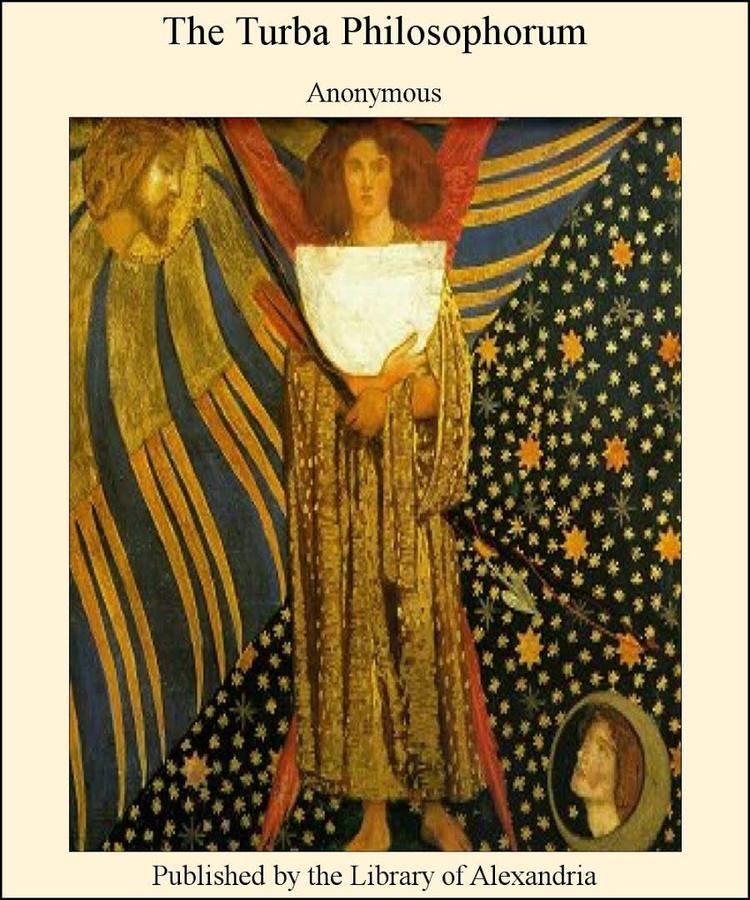 | ||
Similar Theatrum Chemicum, Musaeum Hermeticum, The Mirror of Alchimy, Theatrum Chemicum Britannicum, Aurora consurgens | ||
Occult literature 64 turba philosophorum
The Turba Philosophorum, also known as Assembly of the Philosophers, is one of the oldest European alchemy texts, translated from the Arabic, like the Picatrix. It is considered to have been written c. 900 A.D.
Contents
Jorge ben jor turba philosophorum
The text
To quote Plessner, "the Turba Philosophorum, written c. 900 A.D., is a well planned and, from a literary point of view, a most remarkable attempt to put Greek alchemy into the Arabic language and to adapt it to Islamic science". Nine philosophers take part in a discussion, being, once the text has been transcribed back to the original Arabic, Anaximander, Anaximenes, Anaxagoras, Empedocles, Archelaus, Leucippus, Ecphantus, Pythagoras and Xenophanes. The statements of the philosophers, whilst usually different from the known beliefs of the pre-Socratics, are usually recognisable as outgrowths of Greek philosophy. They discuss matter, how it acts, and relate this to cosmology, with three theses presented by Xenophanes in his closing speech, being, again from Plessner:
"1) The creator of the World is Allah, the God of Islam; 2) The world is of a uniform nature; 3) All creatures of the upper as well as of the lower world are composed of all four elements."
Dating
Plessner argues that the Turba was written around 900 AD, based on the following reasoning. The earliest text known to draw on the Turba is the Kitab al-Ma al-waraqi by Ibn Umail, who died in the middle of the tenth century. In turn, an earlier date can be ruled out by the appearance in the text of poison hidden in the body of a woman, which kills a dragon by her embrace. The Hindu myth of the ‘poison-maiden’ who kills men by her embrace arrived in Arabic literature around the first half of the 9th century, with the translation into Arabic of the ‘Poison Book’ ascribed to the Indian Canakya.
